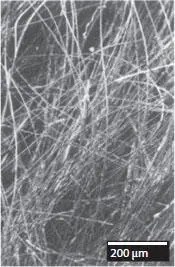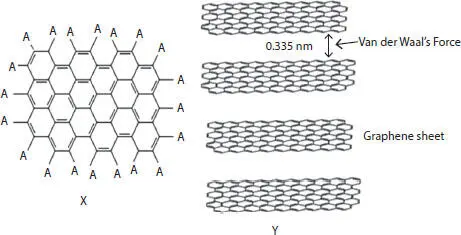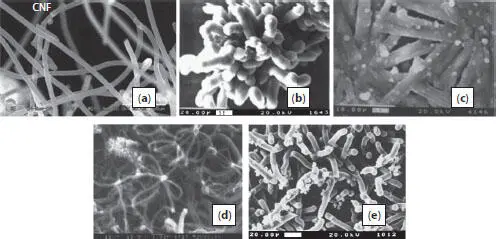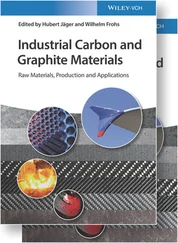
Figure 1.1 The formation angle between the carbon for sp, sp 2and sp 3configuration.
In this chapter we shall restrict our discussions to carbon with configuration of sp 2and sp 3. In addition, we shall also restrict our discussions especially regarding carbon fiber (discussed in detail in later on), though we may touch upon carbon nanotube.
It will not be the scope of this chapter to discuss diamond or graphite, mainly because information about these materials are available in almost all textbooks dealing with carbon. Our discussion will be confined to materials like carbon fiber, carbon nanofibers and to some extent carbon nanotubes for making a clear distinction between these materials.
1.1.1 History of Carbon Fiber
The development of carbon fibers dates back as early as the 18th century but its applications were only realized after 1960, making it possible to develop carbon fibers with high strength. Some landmarks in the development of carbon fibers are given here. In 1860, Joseph Swan first produced carbon fibers. In 1879, Thomas Edison carbonized cotton threads or bamboo slivers to produce carbon fiber. He used it as wire filament which glows under electric current. Roger Bacon prepared carbon fiber containing about 20% carbon in 1958 by carbonizing rayon. The process of carbonizing rayon was later improved in 1960 by Richard Millington (US Patent No 3,294,489) [1] to get carbon fiber with almost 99% carbon. During the 1960s, a Japanese firm produced carbon fibers from a petroleum pitch which contained 85% carbon and had excellent flexural strength. After 1960, it seems various efforts were made to prepare carbon fibers ( Figure 1.2) from different types of precursors to improve the quality of carbon fibers; for example, giving tensile strength 4,000 MPa and a modulus of 400 GPa to be used in aircraft.

Figure 1.2 SEM image of carbon fiber.
1.1.2 What Is a Carbon Fiber?
Carbon fibers are classified symbolically as CF. These fibers are of size about 5–50 μm in diameter and composed mostly of carbon atoms. They are also known as graphite fiber. Graphite is made of pure carbon arranged into big sheets of hexagonal aromatic rings ( Figure 1.3X). The structure of carbon fibers is like the structure of graphite arranged in layers of long graphite sheets of length about 5–50 μm and each layer of graphite is stacked together forming a ribbon-like structure. Depending upon the precursors used to synthesize carbon fibers and the manufacturing processes, each layer planes may be either turbostratic graphitic, or a hybrid structure. In graphitic crystalline regions, the layer planes are stacked parallel to each other in a regular fashion. The atoms in each layer are covalently bonded through sp 2bonding while the interaction between each layer is relatively weak van der Waals forces. In a single graphitic crystal, d -spacing between two graphene layers (d002) is about 0.335 nm ( Figure 1.3Y).

Figure 1.3 (X) A sheet of graphite showing free edges A, which are reactive and can be functionalized, (Y) shows four layers of graphene sheet separated by van der Waals forces. In graphite this separation distance between two consecutive layers is 0.335 nm.
If carbon content in the fiber is 92 wt% then it is considered as carbon fiber . However, if carbon content is more than 99 wt% then the fiber is known as graphite fiber . This classification depends on the percentage content of carbon, process of synthesis and precursors; Carbon fibers can possess excellent tensile strength, low densities, high electrical conductivities, high temperature tolerance, low thermal expansion and chemical stabilities. High tensile strength and lightweight carbon fiber can be developed by making its composite with suitable polymers. Because of these properties, carbon fiber has found its place in aerospace, civil engineering, the military, and motorsports, along with other areas like sports.
Classification of carbon fibers based on precursor used to make them:
PAN-based carbon fibers (90% of fibers made from this precursor)
Pitch-based carbon fibers (about 10% or less are made from this precursor)
Mesophase pitch-based carbon fibers
Isotropic pitch-based carbon fibers
Rayon-based carbon fibers (this also falls under the category of pitch-based (10% are made from this precursor)
Gas-phase-grown carbon fibers
Classification of carbon fibers based on heat treatment temperature:
Type-I, High-heat-treatment carbon fibers (HTT) Carbon fibers obtained after heat treatment at temperature above 2000 °C. These fibers are associated with high-modulus type fiber.
Type-II, Intermediate-heat-treatment carbon fibers (IHT) Carbon fibers obtained after heat treatment at temperature around 1500 °C. These fibers are associated with high- strength type fiber.
Type-III, Carbon fibers obtained with low-heat-treatment. Carbon fibers obtained with heat treatment at temperature around 1000 °C show low modulus and low strength.
1.1.3 Structures of Carbon Fibers
Some carbon fibers synthesized by the author [2, 3] and his research group from camphor under different but specific conditions are shown in Figure 1.4. These are grown by chemical vapor deposition technique. It is observed that though precursor was the same, i.e., camphor, by altering the nature and form of catalyst, carbon fibers of different morphologies are obtained. For this growth, nickel in different forms was used as a catalyst. Nickel plate, cleaned by acid followed by acetone, gave carbon fiber as shown in Figure 1.4a. When the top surface of nickel was oxidized and then cleaned, it gave carbon fiber as shown in Figure 1.4b. It grew from one point on the catalyst surface in a cauliflower-like shape. In another experiment, camphor was pyrolyzed without using any catalyst. Under this condition, plate type (cactus type) carbon fiber was obtained ( Figure 1.4c). These fibers also contained some small beads attached to the fiber. In one experiment nickel powder of size 20 nm spread over nickel plate was used. Under this condition, branched carbon fiber as shown in Figure 1.4dwas obtained, with Ni catalyst sitting at the center. Vapor-grown carbon fibers (VGCFs) ( Figure 1.4e) were obtained by pyrolysis on the Ni coated quartz substrate. All these experiments were carried out under argon atmosphere at temperature 750 °C.

Figure 1.4 SEM images of carbon fibers (CF) synthesized from camphor as precursors by pyrolyzing them at 700 °C in presence of argon under varying conditions: (a) Long tubelike CF over nickel plate, (b) cauliflower-like CF over oxidized nickel plate, (c) CF grown without using any catalyst, (d) branched carbon fibers obtained at temperature 750 °C, with Ni sitting at the center, and (e) VGCFs obtained by pyrolysis on the Ni coated quartz substrate (Source: Debabrata Pradhan, 2003) [4].
Читать дальше






![Carbon - Посох с проблемами [калибрятина, куски]](/books/397599/carbon-posoh-s-problemami-kalibryatina-kuski-thumb.webp)

![Carbon - Ключ от магии, или Нимфа по вызову [СИ]](/books/417919/carbon-klyuch-ot-magii-ili-nimfa-po-vyzovu-si-thumb.webp)
![Carbon - Девушка с Косой [СИ]](/books/427728/carbon-devushka-s-kosoj-si-thumb.webp)






